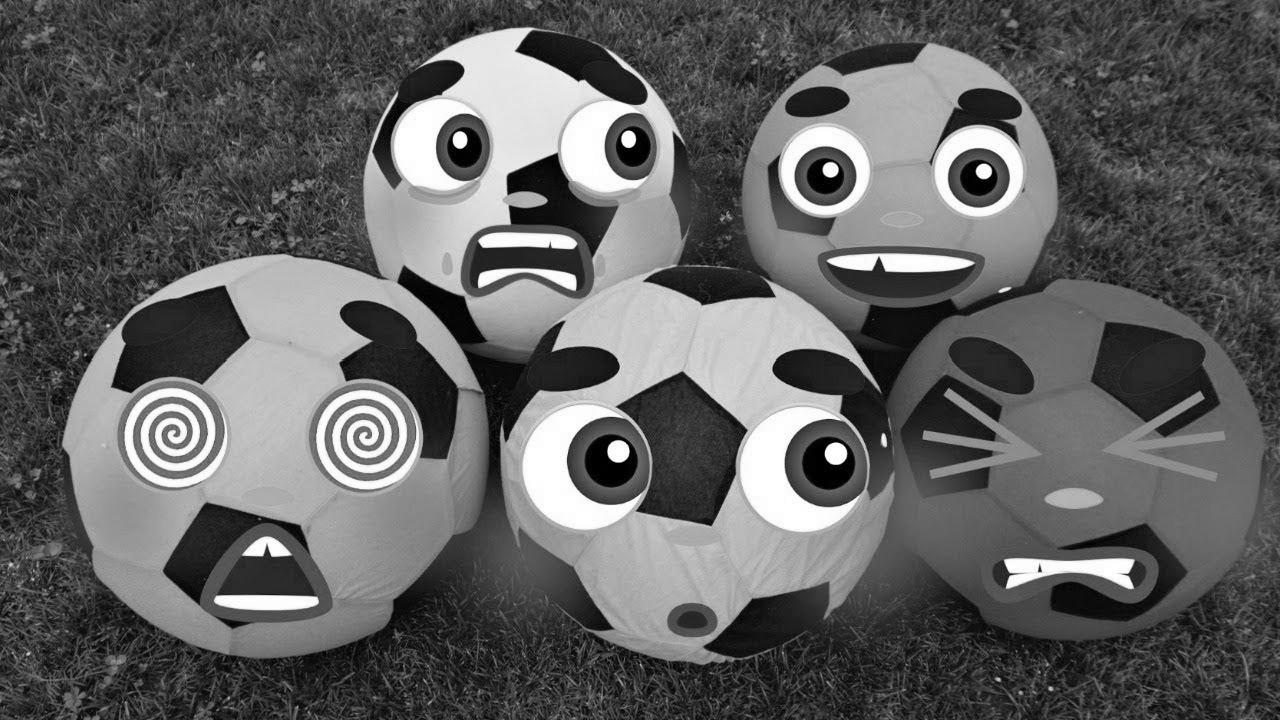Color Music and Balloons to Be taught Colors | Nursery Rhymes Songs for Youngsters, Baby and Children
Warning: Undefined variable $post_id in /home/webpages/lima-city/booktips/wordpress_de-2022-03-17-33f52d/wp-content/themes/fast-press/single.php on line 26

Learn , Color Song and Balloons to Study Colors | Nursery Rhymes Songs for Kids, Child and Children , , QFEGfuaT-iA , https://www.youtube.com/watch?v=QFEGfuaT-iA , https://i.ytimg.com/vi/QFEGfuaT-iA/hqdefault.jpg , 101184511 , 5.00 , Balloons to Be taught Colors | Nursery Rhymes Songs for Youngsters, Child and Kids Whats up, Surprise Songs collection for children, ... , 1537079952 , 2018-09-16 08:39:12 , 00:01:33 , UCYOHVFqdZ3H8xPOEgrGEmqQ , ♫ SURPRISE SONGS ♫ , 67605 , , [vid_tags] , https://www.youtubepp.com/watch?v=QFEGfuaT-iA , [ad_2] , [ad_1] , https://www.youtube.com/watch?v=QFEGfuaT-iA, #Coloration #Song #Balloons #Learn #Colours #Nursery #Rhymes #Songs #Kids #Baby #Kids [publish_date]
#Shade #Song #Balloons #Learn #Colours #Nursery #Rhymes #Songs #Youngsters #Baby #Children
Balloons to Be taught Colours | Nursery Rhymes Songs for Children, Child and Children Hi there, Surprise Songs assortment for children, ...
Quelle: [source_domain]
- Mehr zu learn Encyclopaedism is the process of feat new faculty, cognition, behaviors, profession, belief, attitudes, and preferences.[1] The power to learn is possessed by human, animals, and some equipment; there is also evidence for some sort of learning in dependable plants.[2] Some learning is present, induced by a respective event (e.g. being unburned by a hot stove), but much skill and knowledge amass from perennial experiences.[3] The changes evoked by eruditeness often last a time period, and it is hard to identify learned substance that seems to be "lost" from that which cannot be retrieved.[4] Human encyclopaedism launch at birth (it might even start before[5] in terms of an embryo's need for both fundamental interaction with, and immunity within its situation inside the womb.[6]) and continues until death as a outcome of on-going interactions between fans and their state of affairs. The existence and processes involved in encyclopedism are unstudied in many constituted comic (including instructive psychology, psychology, psychological science, psychological feature sciences, and pedagogy), also as future william Claude Dukenfield of knowledge (e.g. with a shared pertain in the topic of learning from safety events such as incidents/accidents,[7] or in cooperative encyclopedism wellbeing systems[8]). Investigating in such fields has led to the determination of assorted sorts of learning. For illustration, eruditeness may occur as a event of physiological state, or classical conditioning, conditioning or as a effect of more complex activities such as play, seen only in relatively agile animals.[9][10] Eruditeness may occur consciously or without conscious knowing. Encyclopaedism that an aversive event can't be avoided or at large may outcome in a state named knowing helplessness.[11] There is show for human behavioural encyclopedism prenatally, in which habituation has been observed as early as 32 weeks into maternity, indicating that the important queasy organization is sufficiently developed and primed for encyclopaedism and faculty to occur very early on in development.[12] Play has been approached by different theorists as a form of learning. Children inquiry with the world, learn the rules, and learn to act through and through play. Lev Vygotsky agrees that play is crucial for children's development, since they make content of their state of affairs through and through playing informative games. For Vygotsky, nevertheless, play is the first form of encyclopedism word and human action, and the stage where a child started to interpret rules and symbols.[13] This has led to a view that encyclopaedism in organisms is forever accompanying to semiosis,[14] and often joint with mimetic systems/activity.